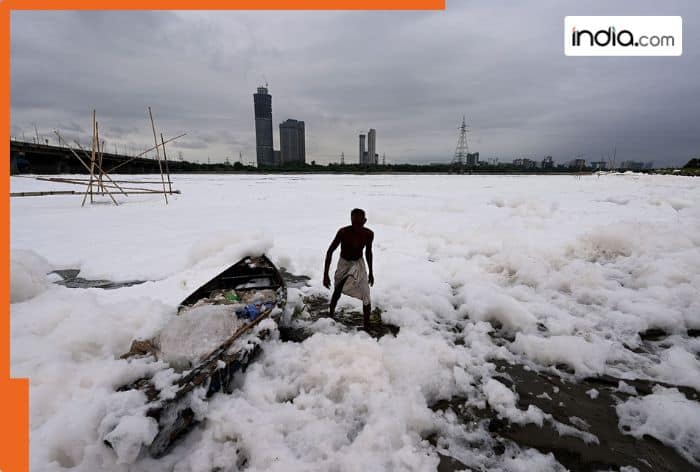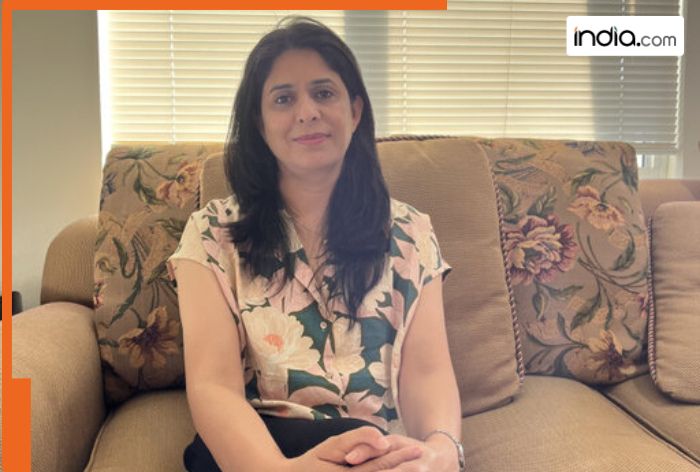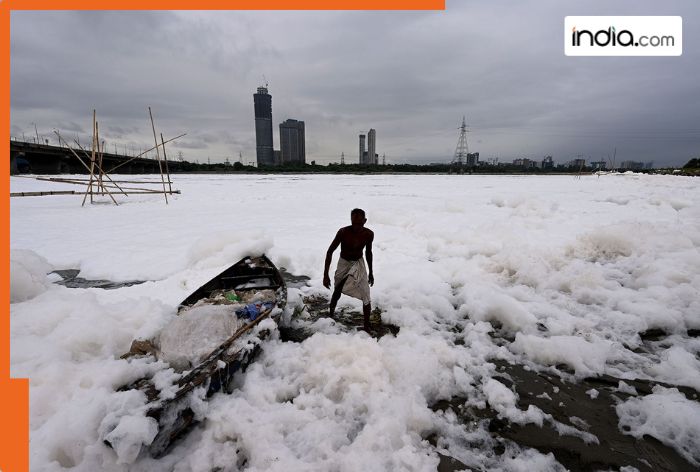The recommendations on sustainable agricultural practices and water resource management in her research have the potential to be scaled and applied across other water-scarce regions in Rajasthan, especially Delhi.

As we were flooded with images of Chhat celebration amidst an extremely polluted Yamuna River, the foam formed due to chemicals was unmissable. Delhi has always faced water crisis as multiple areas often go without water on random days, something that residents experienced just a few days before Diwali also. While the polluted Yamuna is attributed to untreated waste entering the river from industries and sewage waste from the city, a regular supply of clean water is definitely a cause of concern for Delhiites. And thus, we stare into a probable future where water crisis looms large on our head. While the natural resources are getting polluted, there is a huge problem that needs immediate attention.
Dr Sanju Purohit,a scholar and expert in Geography, Natural Resources and Climate Change has previously made an impact in Nagaur District. She did her PhD work titled “Resource Management in the Desert Ecosystem of Nagaur District”, addressed critical challenges in land, water, and human resource management in one of Rajasthan’s most arid regions. It provided crucial insights into improving the sustainability of agriculture and groundwater management in this fragile ecosystem. Her work has even led to management of policies.
Dr Purohit expressed her views on Delhi water crisis, “My research reveals the impact of urbanization and industrialization, on water pollution by showing how the expansion of cities and the release of waste contribute to contamination in water bodies and pose health risks like exposure to chemicals and increased vulnerability to diseases. While the situation in Nagaur was different, there are multiple lessons that we can take from this place. A major part of my research focused on solutions for water crisis. One of them being, sharing critical information with local departments about the need for integrated water management systems, and advising that combining surface water with groundwater can alleviate the strain on water resources. Such steps by the local government can help the water crisis in Delhi too.”
She has worked closely with the Public Health Engineering Department and the Agriculture Department of Nagaur, providing data on groundwater depletion and assisting local bodies in implementing sustainable water management practices to address the region’s increasing water demand due to population growth and agricultural activities. She contributes as a researcher and Associate Professor (Volunteer), affiliated with US’ Akamai University, and also volunteers as a Research Fellow at Women Researcher Council, Azerbaijan State University of Economics (UNEC). She has more than 14 years of research background in urban planning & resource management, with expertise in climate resilience and resource conservation, primarily in regions impacted by water scarcity and land degradation.

The adoption of rainwater harvesting practices in the Nawa and Merta regions was directly influenced by her study’s findings, which highlighted the potential of traditional rainwater systems to increase water availability during the dry seasons. The recommendations on sustainable agricultural practices and water resource management in her research have the potential to be scaled and applied across other water-scarce regions in Rajasthan, especially Delhi.
Through urban planning there is a need to treat the sewage water and chemicals flowing into Yamuna river, and over exploitation of groundwater resources needs to be curbed down as this is leading to depleting water tables. Rainwater harvesting and conjunctive water use must be promoted to ensure that the limited water that we have is be utilised wisely.

